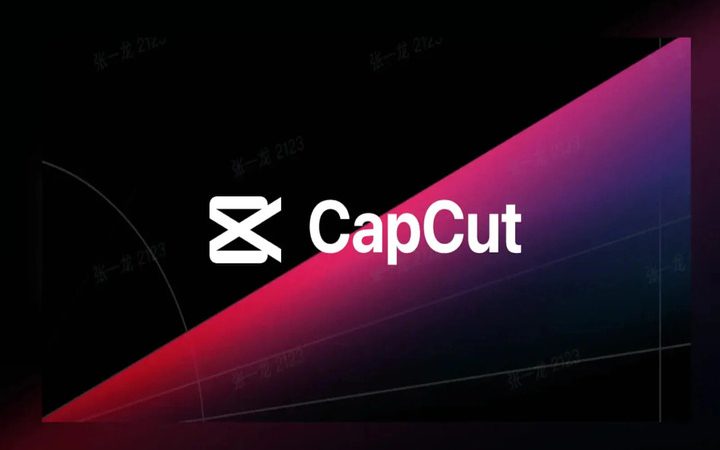Stepwise Measures to Adopt to Transfer Money Through NEFT

NEFT is one of the preferred banking modes to transfer your fund from one account to another. This is because of the availability of numerous offers. The NEFT (National Electronic Funds Transfer System) permits you as a user to transfer your funds through online mode from the comfort of your home backed by the security assurance of RBI (Reserve Bank of India).
Note that this NEFT process is available in net banking and mobile banking apps. So, if you have a Union Bank of India account or UCO bank account, then you would have noticed on its app, options like Union Bank balance check number, UCO bank balance check, NEFT, IMPS, RTGS, etc. All these are the available banking functions, you can use through the net banking mode.
The procedure of how the transfer through the NEFT works, and how you can transfer funds via NEFT are crystal clear here. Read on here in this blog to get thorough clarity about the money transfer activity via the NEFT option.
Table of Contents
How to transfer the funds via the NEFT option?
The steps mentioned below explain how you can easily transfer your money via the NEFT mode –
- Sign into your net banking account
- On the page, hit on the option “fund transfer”
- From here, choose “NEFT”
- Remember that you are required to select the option “add beneficiary” if you have not selected this option already.
- To add any new beneficiary, you require clicking on the option “add beneficiary” on the page.
- Input the beneficiary’s details like his/her name, IFSC code, bank account number, and others.
- Hit on the “add” or “confirm” option.
- To verify this step, you are required to input the OTP sent to your registered number.
- Post doing this, it would be processed. Note that it would take nearly roughly a day to include the beneficiary.
- Once the beneficiary is included in your bank account, you require selecting the details of the beneficiary from the beneficiaries’ list.
- Input the amount that must be transferred and then confirm the transaction.
- Hit on the “confirm” option and the amount would be transferred from your account to the selected bank account.
Why Do You transfer your money via the NEFT route?
The reasons mentioned below explain why you require using NEFT as the fund transfer mode –
- One of the main benefits is there’s zero maximum or minimum NEFT amount transfer limit. You as a user can transfer as little as Re 1 via the NEFT mode.
- You can transfer the fund via the NEFT online route without the need for any demand draft or cheque or without requiring approaching the bank.
- RBI (Reserve Bank of India) has laid important guidelines that permit the receiver and sender to remain updated regarding the money transfer mechanism via notifications through the email or SMS route.
- Funds via NEFT mode can get transferred between 1 – 24 hours. As the NEFT transaction mode is governed by the Reserve Bank of India (RBI), there’s little doubt about the transaction’s safety.
What are the conditions applicable to the NEFT transaction?
Even while any corporate, individual, company, or firm holding NEFT-enabled bank accounts can transfer the fund via NEFT, it is a must for the user’s financial institution to become a part of such an NEFT network. Moreover, it is a prerequisite for users to hold active net banking status. It also must be noted that to conduct any NEFT-linked transactions, it is mandatory for the sender to have an idea about the receiver’s account details, IFSC code, and contact details.
Also Read: A Comprehensive Guide To The Benefits of Bank Reward Programs
When can you opt for the fund transfer mode via the NEFT route?
Before 2019, the Reserve Bank of India (RBI) has fixed specific timings during which the NEFT transactions can be conducted. Any NEFT transaction is allowed to be processed just between 8 AM and 6.30 PM between Monday and Friday and from 8 AM to 12 PM on Saturdays.
However, from the year 2020, NEFT transactions can simply be performed 24 X 7. It was done to promote digital transactions as well as global integration of the financial markets. Remember that NEFT makes use of a simple and easy mechanism to conduct the fund transfer from one financial institution account to another. Mentioned here is the procedure of how NEFT works.
Is there any set transaction limit for transferring funds via the NEFT route?
The best thing regarding NEFT transactions is there’s a zero maximum and minimum limit set for the amount of money you can transfer through the NEFT mode. You as an individual can transfer an amount as small as Re 1 using the NEFT mode. Also, there’s zero cap on the highest amount that you can transfer via the fund transfer mode.
However, it is essential for you to remember that while the Reserve Bank of India might not have any restrictions on the NEFT amount transfers, particular banks might have imposed specific restrictions. For example, Paytm Payments Bank just permits you as a user to transfer funds of Rs 10 lakh per transaction using the NEFT mode.
Are there any additional fees on the NEFT transaction?
Until the year 2021, transactions through the NEFT mode involved the listed additional fees as money transfer charges –
| Equivalent to or over Rs 2 lakh | Rs 25 |
| From Rs 1 lakh to Rs 2 lakh | Rs 15 |
| From Rs 10,000 to Rs 1 lakh | Rs 5 |
| Less than or equivalent to Rs 10,000 | Rs 2.5 |
But from 2020, the Reserve Bank of India removed all the applicable fees on online NEFT transactions. Such an initiative was taken up to promote transactions through the digital mode. Reserve Bank of India mentioned that with effect from 2020, there are no financial institutions that shall charge any fees from their account holder on transacting through the online mode via the NEFT route. So, if you hold a Union Bank of India account, you may not just use its net banking for NEFT transactions but also use the same for reviewing Union Bank Balance Check Number in order to provide it to the required institution or body.






